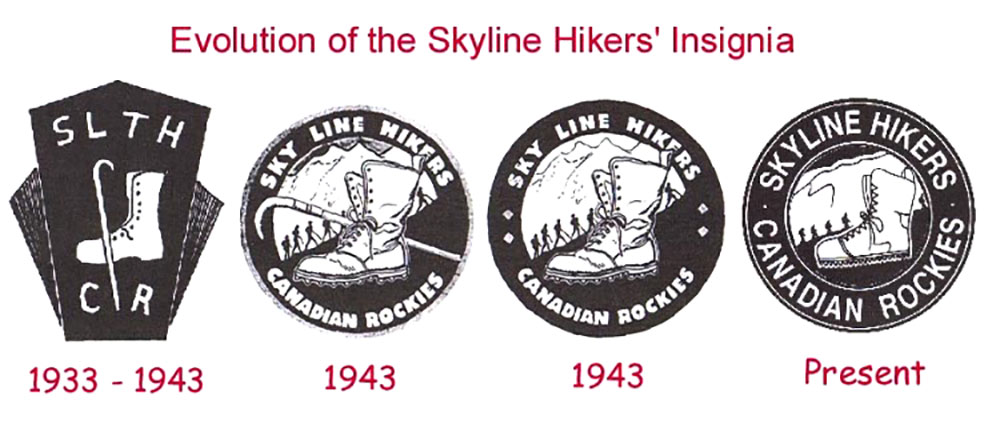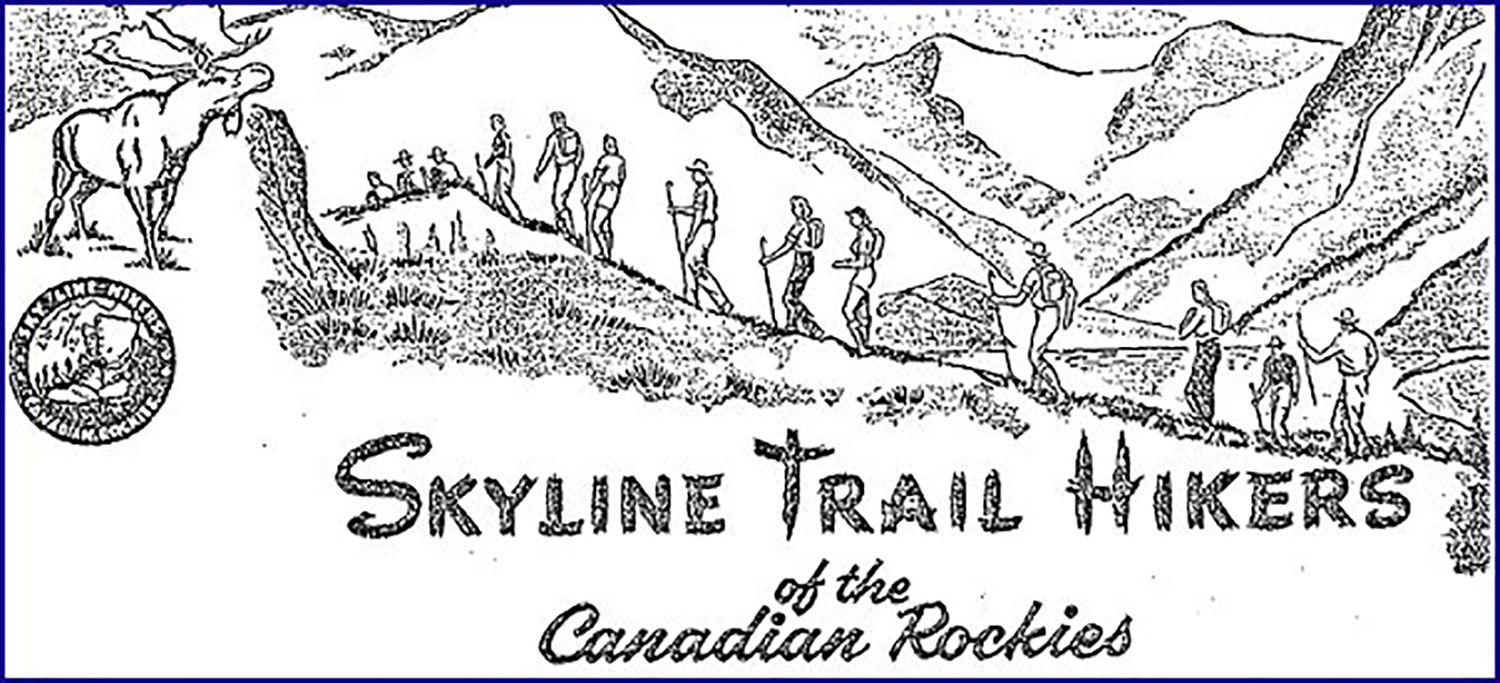Skyline Hikers of the Canadian Rockies
History
In the 1920’s. John Gibbon was head of publicity for the Canadian Pacific Railway, which had several hotels and lodges in the National Parks. In order to lure tourists into the parks, Gibbon felt it necessary to offer them something other than just food and lodging. The Trail Riders of the Canadian Rockies came into existence in 1923 (horse riding in the backcountry).







